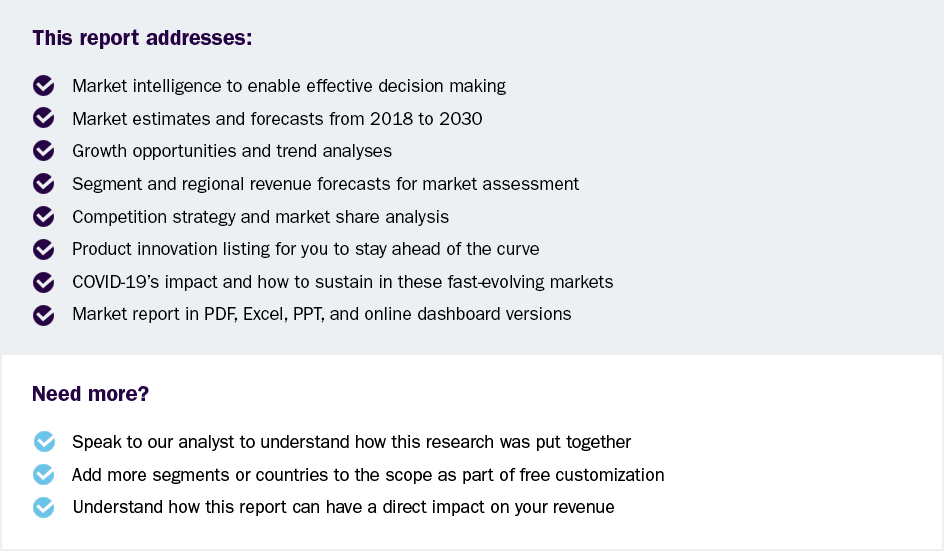Space Tourism Market Size To Reach $10.09 Billion By 2030
Space Tourism Market Growth & Trends
The global space tourism market size is expected to reach USD 10.09 billion by 2030, according to a new report by Grand View Research, Inc. It is anticipated to grow at a CAGR of 44.8% from 2024 to 2030.
Space tourism is defined as human space travel for recreational, leisure, or business purposes. High-net-worth individuals' growing appetite for transformative experiences is driving demand, with some willing to pay premium prices for the novelty of space travel. Concurrently, private companies like SpaceX, Blue Origin, and Virgin Galactic are significantly investing in R&D, propelling advancements in reusable rockets, spacecraft design, and life support systems, which are gradually reducing costs and enhancing safety. These technological breakthroughs are attracting more players to the market, fostering competition and innovation. In addition, strategic partnerships between aerospace firms, luxury brands, and governments are emerging, creating a supportive ecosystem for space tourism infrastructure, including plans for orbital hotels and lunar excursions.
Space tourism is anticipated to democratize access to space research, enabling individuals to engage more actively in space science. With the high costs associated with space exploration, these flights will provide a more affordable avenue for conducting research. In addition, space tourism is expected to drive innovation and the development of new technologies. Many technological advancements have stemmed from space exploration, with inventions such as running shoes, bulletproof vests, and foam mattresses being byproducts of lunar visits.
Space tourism is bifurcated into suborbital and orbital tourism. Suborbital flights cater to clients seeking a brief but intense exposure to the space environment. These journeys involve reaching the fringes of Earth's atmosphere without entering orbit, with total flight durations generally spanning from a few minutes to approximately two hours. This segment targets customers who prioritize the novelty of experiencing microgravity and viewing Earth from high altitude over extended time in space.
In contrast, the orbital segment offers a more immersive space travel product. Clients in this category remain in Earth's orbit for significantly longer durations, typically ranging from several days to weeks. This extended timeframe allows for a comprehensive experience, potentially including activities such as scientific experiments, extended Earth observation, or stays in orbital habitats. The orbital segment appeals to clients who seek a more profound engagement with the space environment and are willing to invest more time and resources in this comprehensive experience.
Space tourism raises environmental concerns due to the environmental impact of rocket launches. Rocket engines burn fuel, emitting black carbon (soot particles) and harmful gases into the upper atmosphere, leading to ozone depletion. However, some space companies, like Blue Origin's New Shepard, use liquid hydrogen-fueled engines that produce water vapor instead of carbon emissions. Despite this, the potential popularity of space tourism poses a significant environmental threat, as increased rocket launches will result in higher carbon footprints. For example, Virgin Galactic plans to launch 400 flights annually, contributing to the release of black carbon. The cumulative impact of 1,000 space tourism flights could lead to a one-degree Celsius increase in the temperature of Antarctica.
 Request a free sample copy or view report summary: Space Tourism Market Report
Request a free sample copy or view report summary: Space Tourism Market Report
Space Tourism Market Report Highlights
-
The suborbital segment is expected to dominate the market and expand at a CAGR of 44.4% from 2023 to 2030. This growth is driven by lower ticket prices compared to orbital flights, shorter training requirements, and a rapidly expanding fleet of suborbital vehicles from companies like Virgin Galactic and Blue Origin, making it the more accessible entry point for space tourists.
-
The commercial segment is projected to grow at the fastest CAGR over the forecast period. This high CAGR in the commercial space tourism sector is fueled by aggressive private investment, technological advancements reducing launch costs, and a growing ecosystem of companies offering not just flights but also ancillary services like space hotels and in-orbit experiences.
-
Market analysis indicates that the U.S., followed by Russia, Japan, and China, will be the primary source market for space tourism. Industry players will focus their promotional efforts on the U.S. due to its high concentration of affluent consumers and potential for significant market impact.
-
In June 2024, Virgin Galactic completed its 12th mission to date, 'Galactic 07,' with one researcher and three private astronauts aboard. The flight served as the seventh research mission. With a focus on advancing space exploration, the mission carried out experiments and demonstrated the company's capabilities, furthering its vision of commercial human spaceflight.
Space Tourism Market Segmentation
Grand View Research has segmented the global space tourism market based on type, end-use, and region.
Space Tourism Type Outlook (Revenue, USD Million, 2017 - 2030)
-
Orbital
-
Sub-orbital
-
Others
Space Tourism End Use Outlook (Revenue, USD Million, 2017 - 2030)
-
Government
-
Commercial
-
Others
Space Tourism Regional Outlook (Revenue, USD Million, 2017 - 2030)
-
North America
-
U.S.
-
Canada
-
-
Europe
-
Germany
-
UK
-
Russia
-
-
Asia Pacific
-
China
-
India
-
Japan
-
-
Latin America
-
Brazil
-
-
Middle East & Africa
List of Key Players in the Space Tourism Market
-
Blue Origin
-
Virgin Galactic
-
SpaceX
-
Airbus Group SE
-
Boeing
-
Zero Gravity Corporation
-
Axiom Space, Inc.
-
Rocket Lab USA
-
Space Adventures
-
Space Perspective
-
World View Enterprises, Inc.
-
Zero 2 Infinity S.L.

